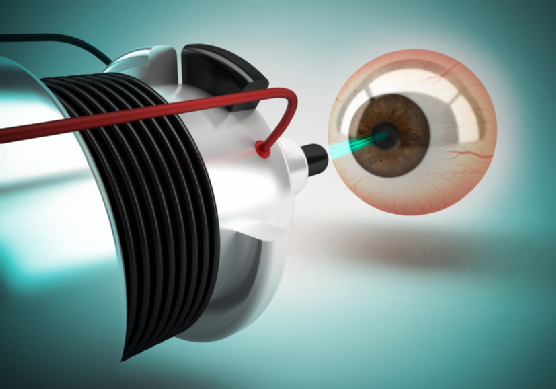Refractive surgery is designed to correct a number of vision disorders by permanently changing the shape of the cornea so that light can properly focus on the retina. While most individuals are familiar with LASIK surgery, your laser eye surgery specialist may also offer a number of other refractive surgery methods including PTK and PRK. Continue reading to learn more about the differences between PTK and PRK procedures.
PTK
- PTK, or Phototherapeutic Keratectomy, is a laser eye procedure designed to remove cloudiness from within your cornea, or the clear covering in front of your iris that bends light rays so that they focus on your retina. As we age, our corneas can become clouded by cataracts, ultimately changing the way that light rays are focused along the retina and leading to blurry vision. PTK procedures utilize an excimer laser to evaporate areas of cloudiness or roughness along your cornea, creating a smoother corneal surface than can be achieved using a traditional microkeratome or blade device.
PRK
- Also known as Photorefractive Keratectomy or LASEK surgery, PRK procedures are also performed in order to permanently change the shape of the cornea in order to improve your focusing abilities. During this outpatient procedure the outer layer of your cornea, also known as the epithelium, is removed using an alcohol solution or microkeratome—however, most PRK procedures done today utilize an excimer laser. This laser uses ultraviolet light and high-energy pulses to remove a thin layer of the epithelium so that the laser can then be used to vaporize and correct the surface of the corneal lens. However, this procedure does not require the use of traditional incisions and therefore prevents the risk of any structural weakening to the cornea.
Whether you’re interested in PTK, PRK, or LASIK surgery, the eye surgeons with the Boston Laser are here to help. Stop depending on contacts and prescription glasses to improve your vision; contact us today at (617) 566-0062.
